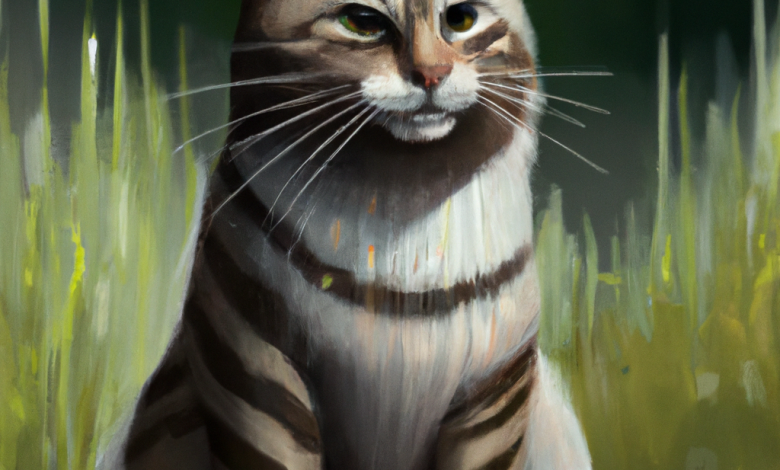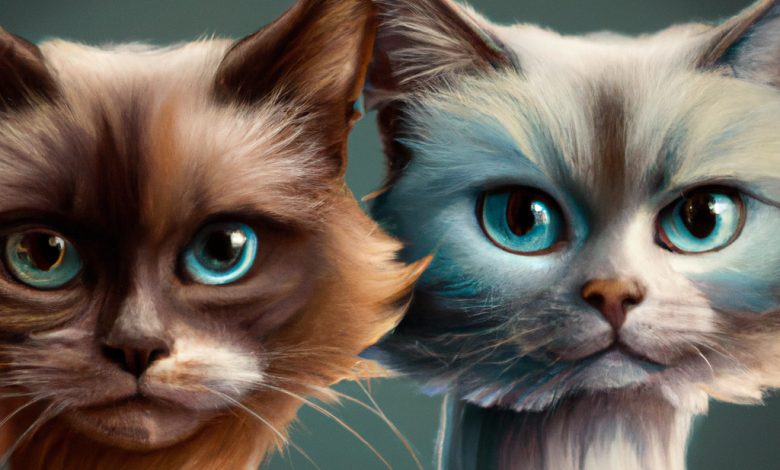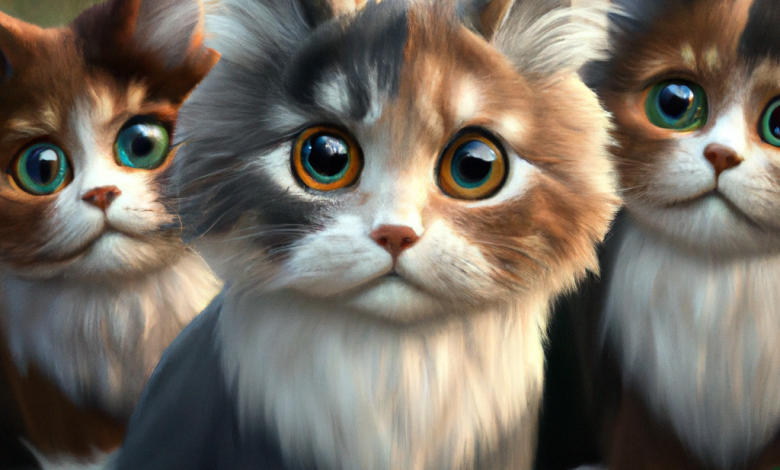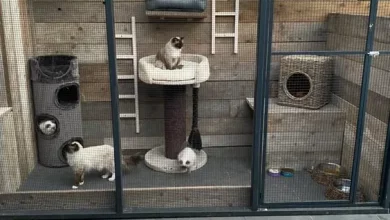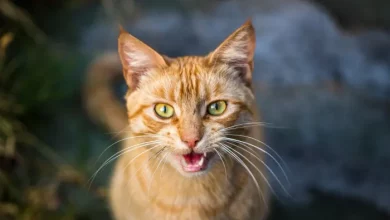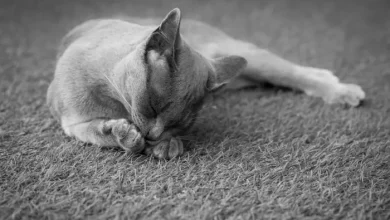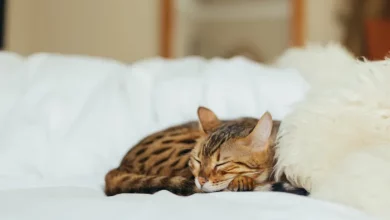Glaucoma in Cats
Causes of Glaucoma in Cats
One of the most common causes of glaucoma in cats is a genetic predisposition. Certain breeds, such as the Persian, Himalayan, and Siamese, are more likely to develop glaucoma due to their eye structure. Trauma to the eye can also cause glaucoma, such as a cat being hit in the eye with a foreign object or a car accident. Additionally, glaucoma can be caused by an underlying eye condition such as inflammation, infection, or tumors.
The most common sign of glaucoma in cats is a red, painful eye. Other signs may include cloudy vision, excessive tearing, squinting, or the pupil becoming larger than normal. If your cat is displaying any of these signs, it is important to take them to the vet right away. Glaucoma can cause permanent vision loss if left untreated, so prompt veterinary care is essential.
Your vet will likely perform a physical examination and use specialized equipment to measure
Symptoms of Glaucoma in Cats
Glaucoma is a serious condition that can affect cats, causing vision loss and even blindness if left untreated. It occurs when the pressure inside the eye is too high, causing damage to the optic nerve. While glaucoma is not common in cats, it is an important condition to be aware of and to watch for.
The most common symptom of glaucoma in cats is a red, painful eye. The eye may also appear cloudy or watery, and the cat may squint or paw at the affected eye. If the eye is very painful, the cat may even keep it closed. In some cases, the eye may bul out from the socket.
Cats with glcoma may also have a decreased appetite, reluctance to move around, a general lack of energy These symptoms can be caused by the pain from the eye, as well as the stress of the condition.
If glaucoma is suspected, it is important to take your cat to the vet for an examination. The vet will be able to measure the pressure inside the eye and check for any signs of damage to the optic nerve. Treatment will depend on the severity of the condition, but may include medications to reduce the pressure in the eye, surgery to drain fluid from the eye, or even removal of the eye if the condition is too severe.
It is important to be aware of the signs and symptoms of glaucoma
Diagnosis and Treatment of Glaucoma in Cats
The first step in diagnosing glaucoma in cats is a thorough eye exam. During the exam, the vet will look for signs of increased intraocular pressure, such as cloudy or hazy eyes, redness, or a bulging of the eye. The vet will also measure the pressure in the eye with a tonometer. If the pressure is elevated, the vet may order additional tests, such as an ultrasound or CT scan, to look for any underlying causes.
Once glaucoma is diagnosed, the vet will recommend a treatment plan. The goal of treatment is to reduce the intraocular pressure and prevent further damage to the eye. Treatment may include medications, such as eye drops or oral medications, to reduce the pressure. Surgery may also be recommended in some cases to reduce the pressure or remove any underlying causes.
In addition to medical treatment, the vet may also recommend lifestyle changes to help manage the condition. This may include avoiding activities that could cause further damage to the eye, such as rough play or jumping, as well as avoiding bright lights.
Prevention of Glaucoma in Cats
Glaucoma is a serious eye condition that can affect cats of all ages and breeds. It occurs when the pressure inside the eye becomes too high, which can damage the optic nerve and cause vision loss. Glaucoma is a leading cause of blindness in cats, so it’s important to take steps to prevent it.
The most effective way to prevent glaucoma in cats is to have them examined regularly by a veterinarian. During the exam, the vet will look for signs of increased pressure in the eye, such as redness, cloudiness, and a bulging appearance. If any of these signs are present, the vet may recommend further testing to determine if glaucoma is present.
In addition to regular vet visits, there are other steps you can take to reduce your cat’s risk of glaucoma. Keeping your cat’s eyes clean is important, as dirt and debris can cause irritation and inflammation, which can lead to increased pressure in the eye. You should also make sure your cat is eating a balanced diet, as poor nutrition can contribute to glaucoma.
Finally, it’s important to be aware of the signs and symptoms of glaucoma in cats, so that you can seek treatment as soon as possible if your cat is affected. Common signs include excessive blinking, squinting, redness, and cloudiness in the eyes. If you notice any of
Prognosis of Glaucoma in Cats
Glaucoma is a serious eye condition that can affect cats, just as it affects humans. Glaucoma is a condition in which the pressure inside the eye increases, damaging the optic nerve and leading to vision loss. If left untreated, glaucoma can lead to blindness.
The prognosis for cats with glaucoma depends on the severity of the condition. In some cases, the condition can be managed with medications and lifestyle changes, while in other cases, surgery may be necessary.
If glaucoma is caught early, the prognosis is good. Treatment can help to reduce the pressure in the eye, which can slow or prevent vision loss. Medications such as eye drops, oral medications, and even laser treatments can be used to reduce the pressure in the eye. In some cases, surgery may be necessary to reduce the pressure in the eye.
If glaucoma is not treated, the prognosis is poor. The pressure in the eye will continue to increase, leading to permanent vision loss and even blindness. In some cases, the eye may need to be removed to prevent further damage.
It is important to seek veterinary care as soon as possible if you suspect that your cat may have glaucoma. Early diagnosis and treatment is key to a successful outcome. With proper care, cats with glaucoma can live a happy and healthy life.
Excerpt
ucoma is an eye condition that affects cats and can cause vision loss if not treated. It is caused by an increase in pressure within the eye, which can damage the optic nerve. Early diagnosis is key to successful treatment, so it is important to have your cat’s eyes checked regularly.

